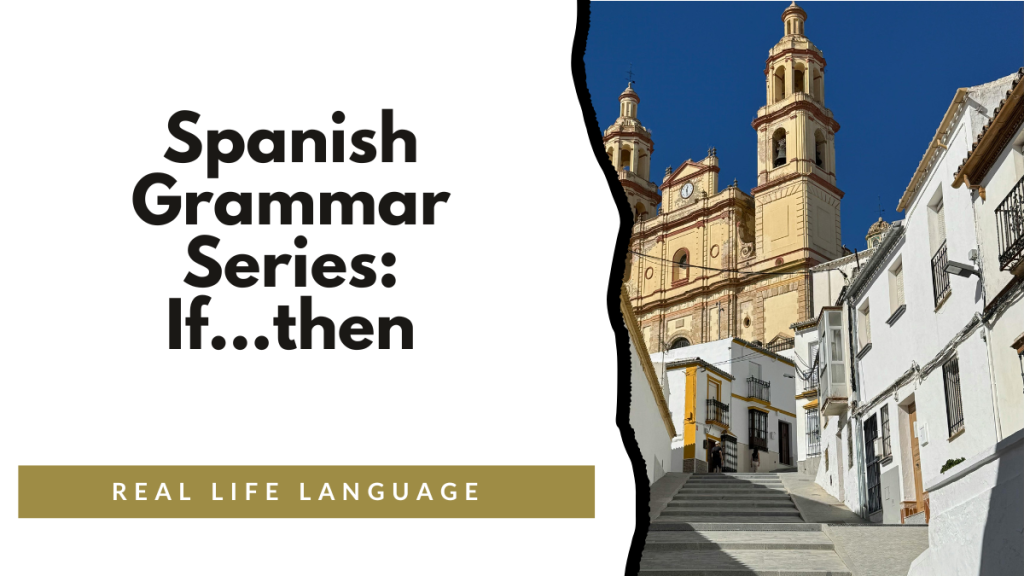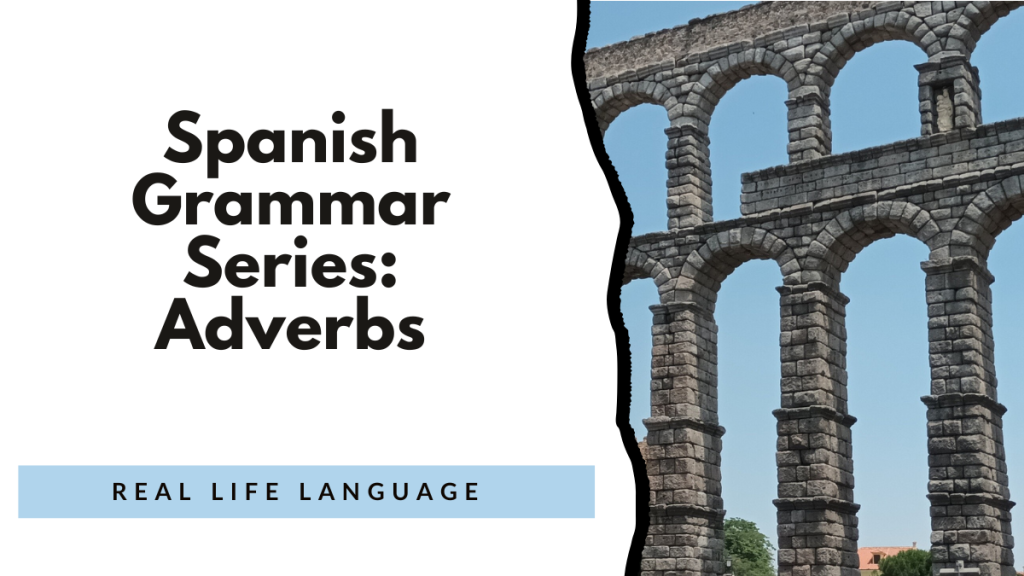Relative Pronouns in Spanish
(Los Pronombres Relativos)
Relative pronouns are words that connect two ideas or clauses in a sentence — they refer back to a noun (antecedent) mentioned earlier and replace it in the second clause.
They work like English words such as who, which, that, whose, where, and what.
1) What Is a Relative Pronoun?
A relative pronoun introduces a clause that describes or gives more information about a noun.
English: The book that I read was interesting.
Spanish: El libro que leí fue interesante.
In both cases, that / que refers back to book and connects the two ideas.
2) The Most Common Relative Pronouns
| Spanish | English | Use / Notes |
| que | that, which, who | Most common; refers to people or things |
| quien / quienes | who, whom | Refers only to people; often after prepositions or commas |
| el que / la que / los que / las que | the one(s) that / who | Adds clarity, gender, and number agreement |
| el cual / la cual / los cuales / las cuales | which, who | More formal version of el que forms |
| lo que / lo cual | what, that which | Refers to an idea or a situation (not a person or specific noun) |
| cuyo / cuya / cuyos / cuyas | whose | Expresses possession; agrees with what is owned |
| donde | where | Refers to a place |
| cuando | when | Refers to time expressions |
| como | how | Refers to manner or the way something happens |
3) “Que” — The Most Common Relative Pronoun
Que can refer to people, things, or places. It usually means that, which, or who.
Examples:
- El libro que leo es interesante. → The book that I’m reading is interesting.
- La chica que canta es mi hermana. → The girl who sings is my sister.
- El coche que compré es nuevo. → The car that I bought is new.
Que can be used with or without a preposition, but after a preposition referring to a person, quien is often preferred.
4) “Quien / Quienes” — Refers Only to People
Used to mean who or whom.
| Use | Example | Translation |
| After a comma | Mi abuela, quien vive en Madrid, me llama cada día. | My grandmother, who lives in Madrid, calls me every day. |
| After a preposition (a, con, de, para, etc.) | La persona con quien trabajo es simpática. | The person with whom I work is nice. |
| Plural form | Las personas a quienes vi eran turistas. | The people whom I saw were tourists. |
Quien is mostly used in non-defining clauses (extra information) or after prepositions.
5) “El que / La que / Los que / Las que” — The One(s) That / Who
These forms agree in gender and number with the noun they refer to.
They’re used for clarity or emphasis, especially after prepositions or to avoid confusion.
Examples:
- El chico con el que salgo es divertido. → The boy with whom I go out is funny.
- Las chicas para las que trabajo son amables. → The girls for whom I work are kind.
- Los que estudian mucho aprenden más. → Those who study a lot learn more.
El que and its forms can replace que or quien when the meaning might otherwise be unclear.
6) “El cual / La cual / Los cuales / Las cuales” — Which, Who (Formal)
These are the more formal equivalents of el que / la que / los que / las que.
Used often in writing, literature, or formal speech — especially after prepositions.
Examples:
- El libro, el cual está en la mesa, es mío. → The book, which is on the table, is mine.
- La mujer con la cual hablé es profesora. → The woman with whom I spoke is a teacher.
- Los estudiantes, los cuales son muy aplicados, aprobaron el examen. → The students, who are very diligent, passed the exam.
7) “Lo que / Lo cual” — What, That Which
Used to refer to an entire idea or situation, not a specific noun.
| Spanish | English |
| No entiendo lo que dices. | I don’t understand what you’re saying. |
| No me gusta lo que hiciste. | I don’t like what you did. |
| Llegó tarde, lo cual me sorprendió. | He arrived late, which surprised me. |
Lo que introduces undefined ideas (“what”)
Lo cual refers back to something already mentioned (“which”).
8) “Cuyo / Cuya / Cuyos / Cuyas” — Whose
Shows possession, and agrees with the thing possessed, not the owner.
| Example | Translation |
| El hombre cuyo coche ves es mi tío. | The man whose car you see is my uncle. |
| La mujer cuya casa visitamos es doctora. | The woman whose house we visited is a doctor. |
| Los estudiantes cuyos libros están aquí son inteligentes. | The students whose books are here are smart. |
Cuyo must agree in gender and number with the noun that follows (coche, casa, libros), not with hombre, mujer, estudiantes.
9) “Donde” — Where
Used to refer to places. It often replaces en que or en el que/la que.
Examples:
- El restaurante donde comimos es famoso. → The restaurant where we ate is famous.
- La casa donde nací ya no existe. → The house where I was born no longer exists.
- Esa es la ciudad donde vive mi familia. → That’s the city where my family lives.
10) “Cuando” — When
Refers to time expressions or moments.
Examples:
- Recuerdo el día cuando te conocí. → I remember the day when I met you.
- Fue un momento cuando todos lloramos. → It was a moment when we all cried.
11) “Como” — How / The Way (That)
Used to describe manner or the way something happens.
Examples:
- Así fue como lo conocí. → That’s how I met him.
- No entiendo como llegaste tan rápido. → I don’t understand how you arrived so fast.
- Es la forma como aprendí español. → It’s the way I learned Spanish.
12) Summary Chart: Relative Pronouns Overview
| Pronoun | Meaning | Refers To | Example |
| que | that, which, who | people/things | El libro que leí. |
| quien(es) | who, whom | people | La persona con quien hablo. |
| el que / la que / los que / las que | the one(s) that | people/things | Los que trabajan mucho. |
| el cual / la cual / los cuales / las cuales | which, who (formal) | people/things | La casa, la cual es vieja… |
| lo que / lo cual | what, that which | idea or situation | No entiendo lo que dices. |
| cuyo/a/os/as | whose | possession | El hombre cuyo coche… |
| donde | where | places | La escuela donde estudio. |
| cuando | when | time | El día cuando llegaste. |
| como | how, the way that | manner | Así fue como pasó. |
13) Practice: Fill in the Blanks
- El hombre ________ vive allí es mi abuelo.
- La mujer con ________ hablé es muy simpática.
- No entiendo ________ quieres decir.
- La casa ________ techo es rojo es muy vieja.
- Ese es el restaurante ________ comimos anoche.
Answers:
- que
- quien
- lo que
- cuyo
- donde
14) Practice: Translate
- The students who study a lot get good grades.
- The woman whose son is sick is sad.
- That’s the place where we met.
- I don’t understand what you’re saying.
- The teacher, who is from Spain, is very nice.
Answers:
- Los estudiantes que estudian mucho sacan buenas notas.
- La mujer cuyo hijo está enfermo está triste.
- Ese es el lugar donde nos conocimos.
- No entiendo lo que dices.
- El profesor, quien es de España, es muy simpático.
Why Relative Pronouns Matter
Mastering relative pronouns helps learners:
- Connect ideas smoothly for complex sentences
- Speak and write with fluency and sophistication
- Understand authentic Spanish texts where these are used frequently
- Build cohesive paragraphs and natural conversation flow
They’re key for moving from simple to advanced sentence structures in Spanish.
Here are some of my favorite resources to engage and inspire learners, to include my lifelong language learning journey.
Building Proficiency for World Language Learners: 100+ High-Interest ActivitiesDiscover over 100 dynamic activities to make world language learning interactive and fun. I wrote this book with some of my favorite activities for educators aiming to build proficiency with high-impact strategies.
Learn more and get your copy here.
5 Weeks of No and Low Prep Fun
Need quick, engaging activities for your class? This free guide includes 25 no-prep and low-prep ideas to save time while keeping students excited about learning.
Download your free copy now.
100s of videos to learn Spanish:

